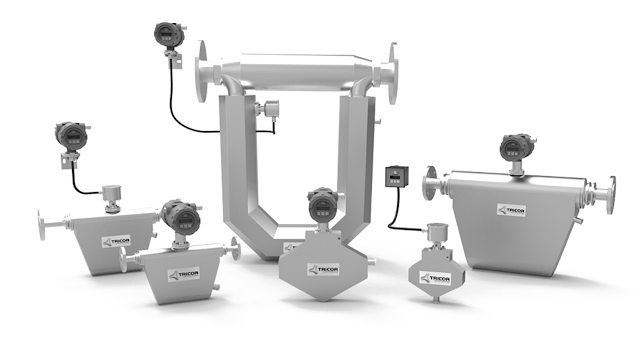Coriolis flow meters working principle advantages, disadvantages and application

Coriolis flow meters Coriolis flow meter operate on the principal that, if a particle inside a rotating body moves in a direction toward or away from the center of rotation, the particle generates inertial forces that act on the body. The operation of a Coriolis flow meter is based on the mechanics of motion. The Coriolis force happens when a mass moves in a rotating inertial frame. The rotation is created by vibrating two opposing tubes on the flow meter. When a fluid flows through the opposed vibrating tubes, the tubes twist due to the Coriolis force. The twisting alternates with the vibration and creates two phase-shifted sinusoidal wave forms on coils mounted to the tubes. The amount of shift is proportional to the mass flow rate. In addition, the frequency of vibration is proportional to the fluid density. Coriolis Flow Meter Principles The basic operation of Coriolis flow meters is based on the principles of motion mechanics. As fluid moves through a vibrating tube it...






